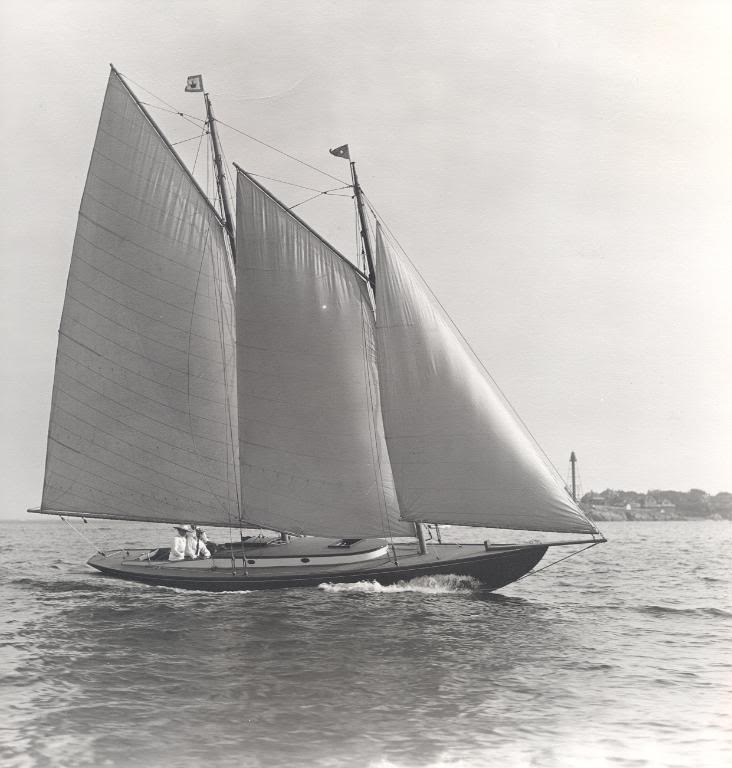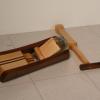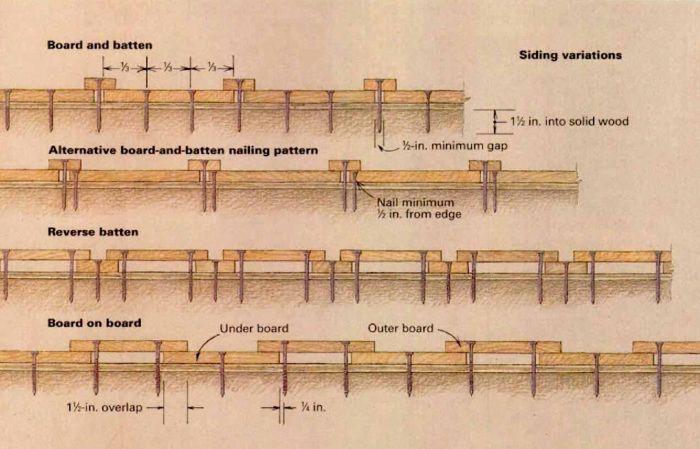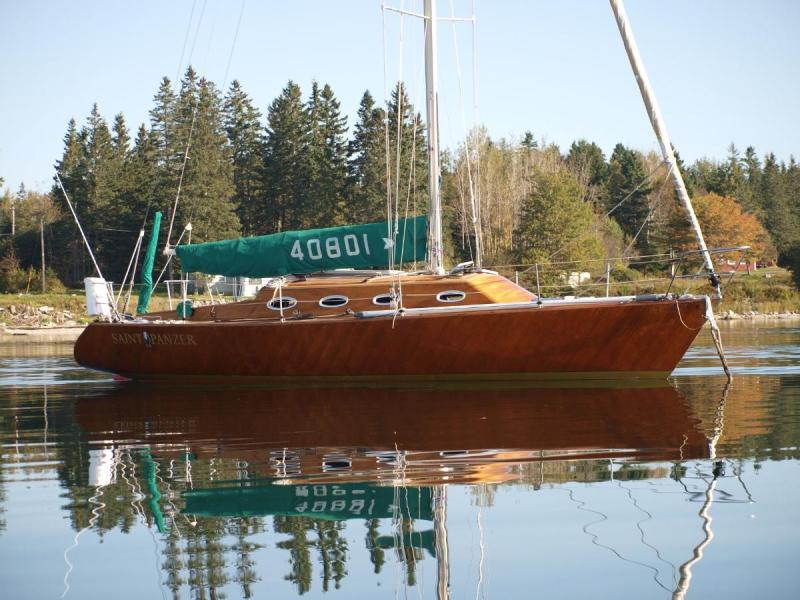-
Posts
328 -
Joined
-
Last visited
Don Z.'s Achievements

Journeyman Poster (2/3)
91
Reputation
-
What, this old thing? Yeah, there's a story behind it. Let me put my thoughts into a coherent message, and we'll go from there.
-
No, the varnish will still take a while to dry. It's the thinner that flashes off quickly, not the varnish. The brush thinner allows more time to get the varnish on without holidays or brush marks. How many coats will you apply with the rag? I normally go with brush, though rolling and tipping work well. Typical application is thin the first coat 50% for pore sealing, next coat about 25%, then 10% or so depending on how it works.
-
Yes, TotalBoat is Jamestown's house brand, and I often wonder with whom they contract to make their stuff. It's a good option. Epifanes also makes a rapid coat varnish designed to add several coats a day. Only issue is you want to use their standard stuff on the last coat, as that's where all the UV stuff is. I avoided talking about other stuff, because the original question directly related to the appropriate thinner. I will say that for something like a door (actually, for most things) I'm migrating to the two part stuff. I have Interlux Perfection on my boat, and that has held up very well, and is easy to add a coat every now and then. I've used Bristol Finish as well, and really liked it. AwlGrip has a new thing I'd like to try, and I'm itching to try the Epifanes two part as well. Better life through chemistry, right?
-
I guess my first question is: Are you talking about their standard varnish, their one part polyurethane varnish, or their two part? Epic basically divides their thinners into two types: Brushing and Spraying. The spray thinners have a lower flash point, and so evaporates more quickly, which is better for spraying. The brush thinners are the opposite: They take a little longer to flash off, which is more helpful if you're applying by brush. Assuming you're using their standard varnish, and applying it via brush, then choose their thinner for paint and varnish - brush. You'll know it's the correct one because the item number starts with "TPVB". For instance, the half liter can is "TPVB.500", and the one liter is "TPVB.1000". If you're using their one part poly, you want the Polyurethane Brush Thinner, PUTB.1000. And if you're using the two part, you want the thinner for PP Extra: TPPX. Because you said "clear varnish to seal my new front door", I'm guessing it's their standard varnish, so the TPVB should do.
-
https://www.wlfuller.com/countersink-sets
-
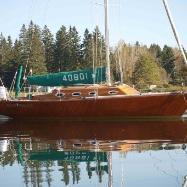
Drawer Dimensions for Blum Undermount Tandem Plus Blumotion
Don Z. replied to TomInNC's topic in General Woodworking Talk
Looking at the diagram, what I see is if the inside dimension (based on the side thickness) is too large, it will foul the slides. You might be OK if they were a bit more narrow, but the thicker you go, the more chance of fouling. Honestly, if it were me, I'd get as close as you can, and if the sides end up being too thick, you can plane/sand the outside to make it work. -
Oneida has specs on their site. The Supercell is one of the louder machines. For example, the 3hp System V is rated at 74 dB. The Supercell is rated at 80.
-
That design is slightly different than the one I have, so I may be all wet. With the blade off, does the adjustment mechanism move the wheel freely, or not at all? If it's not moving the wheel, then I would look to see if the threads are not engaged, if the nut is spinning, or if something else is going wrong. Just guessing, the threads on the bottom of the adjuster screw look much cleaner than the rest of the screw. Are they still engaging? If the blade is off, can you raise the wheel by hand to try and get it to re-engage? Just trying to figure out how it works. In my case, the spring "moved" off its recess, and that caused my problem. That doesn't seem to be the case here. From what I can tell from the photo, the piece the axle is on should move "up" to tension the blade. I'd look around in there to see how exactly it's supposed to work. Once you get it moving correctly with the blade off, you can try again with it on.
-
I know nothing about that particular bandsaw, but just to throw in my two cents: I have an Inca that once had a similar problem. As I looked at it more closely, I noticed the blade tension adjuster had fallen out of its correct position, and was no longer actually tightening/moving the wheel. Check there to make sure it's correct. Photos help.
-
I would try and find a 2X3 scrap of Corian...
-
I'm just going to leave this here. Just a note, with these, you can make the wooden part out of whatever you like: Beech, purple heart, maple, osage orange, papier maché, whatever floats your boat. $9.50 going down to $8.70 if you need 4 or more for a 2 1/4 jaw, all the way up to $21.90 ($20.10 for 4 or more) for a 10 1/4 jaw. Made in USA (complete clamp made wherever you are when you assemble it). https://www.leevalley.com/en-us/shop/tools/hand-tools/clamps/69826-dubuque-handscrew-kits?item=03F0732
-
There are all kinds of groups for your Inca. Inca.groups.io is probably the best. In addition to sources for parts (always check with Jesse at Eagle Tools in LA), there are discussions re: removing the belt set up and replacing the drive with a separate motor. You can also buy a Byrd head. You can get that Inca running again, and have a much better machine than the Grizzly...
-
My first thought would be to quote Shannon: "Sharp fixes everything." That may in fact be the problem with your block plane. My go-to in a case like this, however, would be my low-angle #5 and a shooting board. For the tennons, though: It's not a through tennon. The strength is in the cheeks, a little short will not matter.
-
1/40th sounds very thin! The boat in my avatar is made up of 1/8th...

